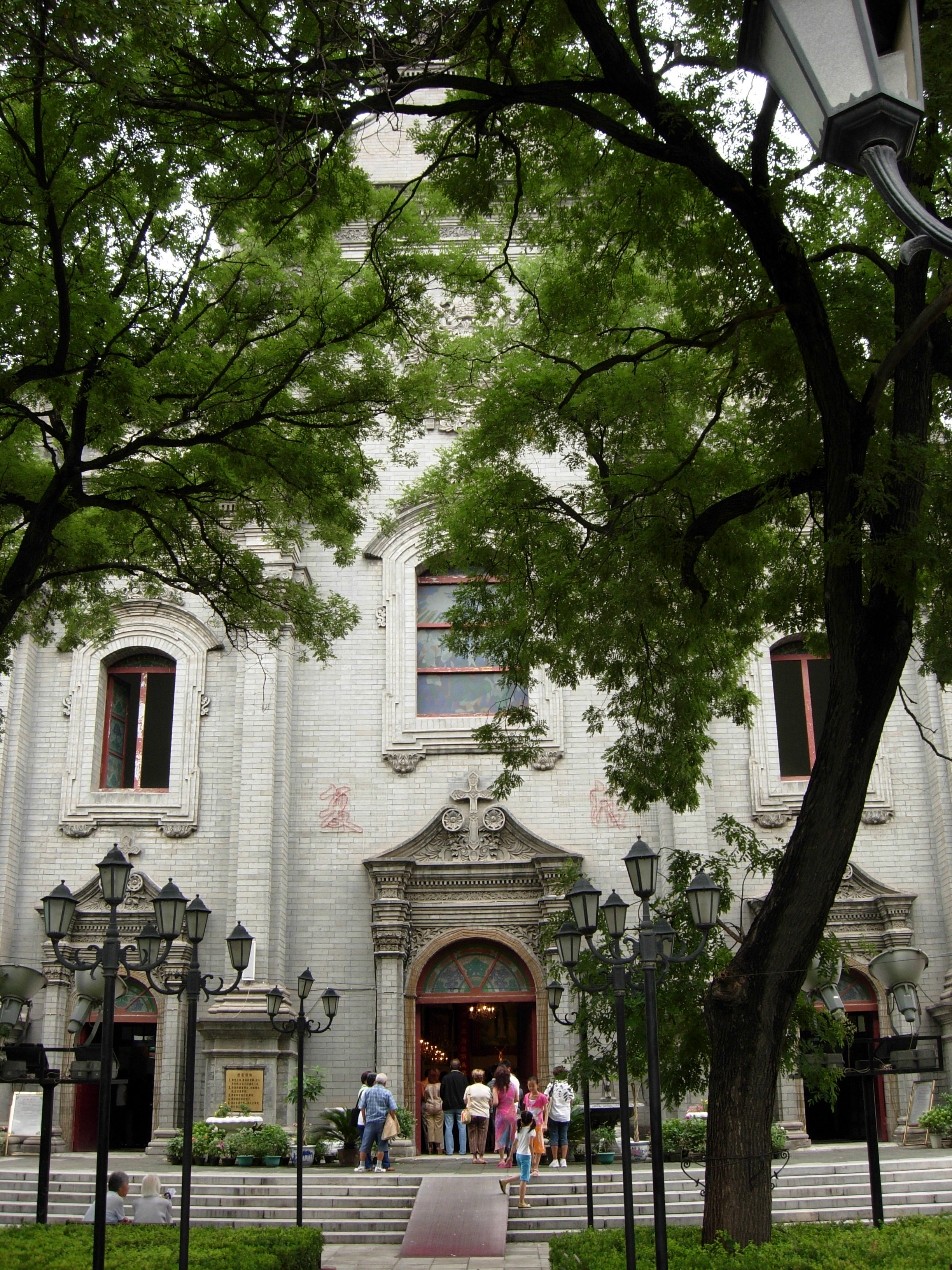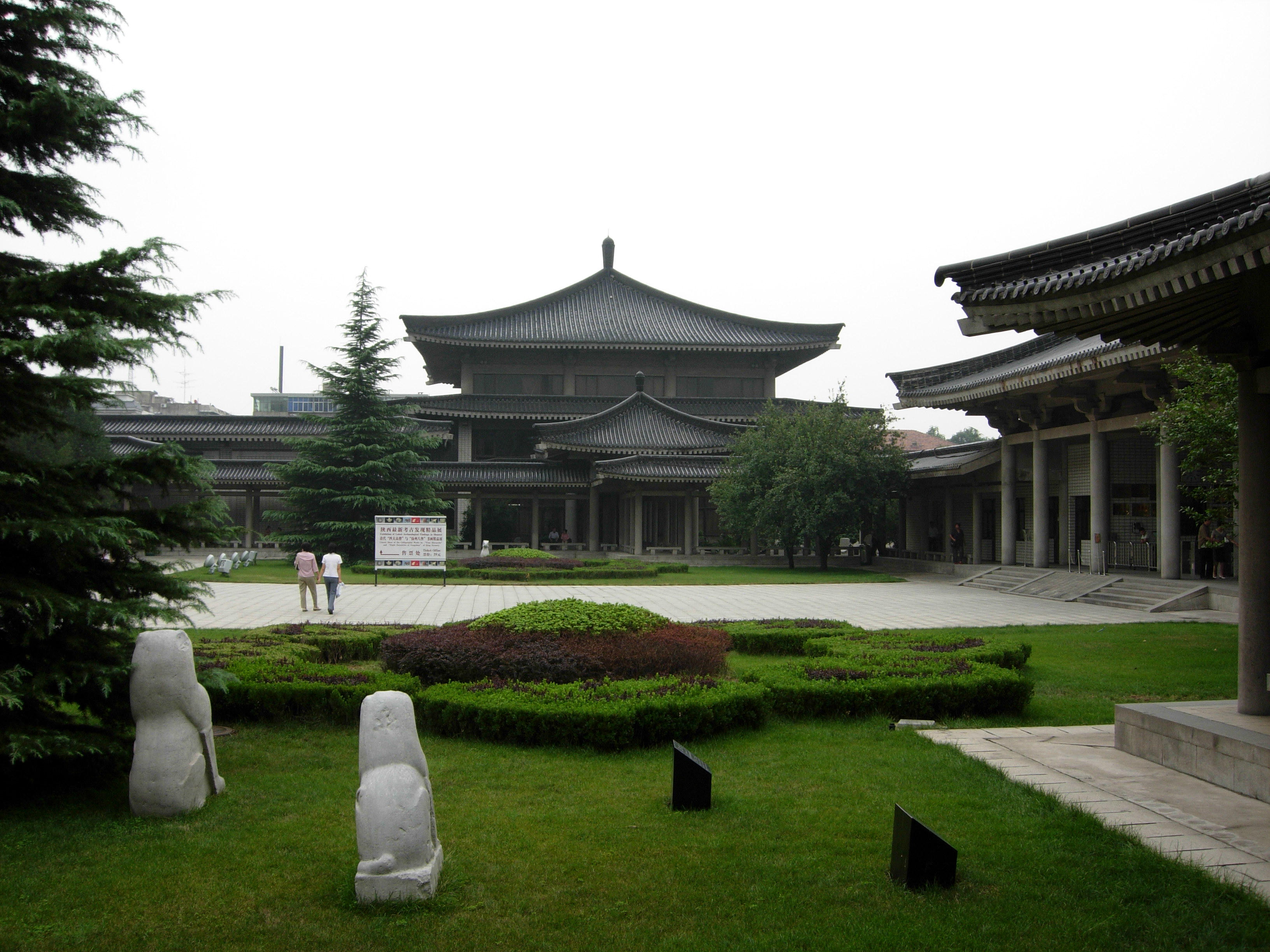

Suzhou Gardens
(Pictures: Mark Torres Aug 2006)
( pictures
by Mark A. Torres Aug. 2006)
pictures
by Mark A. Torres Aug. 2006)
With a
history of more than 2,500 years, the ancient city of Suzhou, boasting splendid
scenery, rich c ultural
heritage and abundant agricultural products, is situated in the Lower Yangtze
basin by the side of Lake Tai. Ever since the founding of Suzhou as the capital
of the Wu Kingdom
in 514 B.C., it has been the political, economic and cultural center of the
region. As a place famed for its well-known scholars, successful merchants,
great architects and
distinguished artists, Suzhou provide
ultural
heritage and abundant agricultural products, is situated in the Lower Yangtze
basin by the side of Lake Tai. Ever since the founding of Suzhou as the capital
of the Wu Kingdom
in 514 B.C., it has been the political, economic and cultural center of the
region. As a place famed for its well-known scholars, successful merchants,
great architects and
distinguished artists, Suzhou provide s
favorable conditions for the creation and development of classical gardens.
s
favorable conditions for the creation and development of classical gardens.
The earliest gardens of
Suzhou, which belonged to the King of Wu, can be traced far back to the
Spring and Autumn period in the 6th century B.C. The Pijiang Garden was recorded
as the earliest private garden --house dating from the 4th century Eastern Jin
Dynasties. More gardens were built in the centuries that followed. During the
prosperous Ming and Qing Dynasties, from the 16th to the 18th centuries that
followed. During the prosperous Ming and Qing Dynasties, from the 16th to
the 18th century in particular. Suzhou saw a booming
economy. Consequently, the number of gardens in the city of Suzhou and its
environs increased a great deal, mounting to 200 odd. Dozens of them
have survived to the present and are kept in a good state of preservation. With
their numerical superiority and artistic perfection, the classical garden of
Suzhou has had a good reputation in this part of China, popularly known as "the
earthly paradise".
--house dating from the 4th century Eastern Jin
Dynasties. More gardens were built in the centuries that followed. During the
prosperous Ming and Qing Dynasties, from the 16th to the 18th centuries that
followed. During the prosperous Ming and Qing Dynasties, from the 16th to
the 18th century in particular. Suzhou saw a booming
economy. Consequently, the number of gardens in the city of Suzhou and its
environs increased a great deal, mounting to 200 odd. Dozens of them
have survived to the present and are kept in a good state of preservation. With
their numerical superiority and artistic perfection, the classical garden of
Suzhou has had a good reputation in this part of China, popularly known as "the
earthly paradise".
China Pilgrimages Index Espaņol English Index Viajes